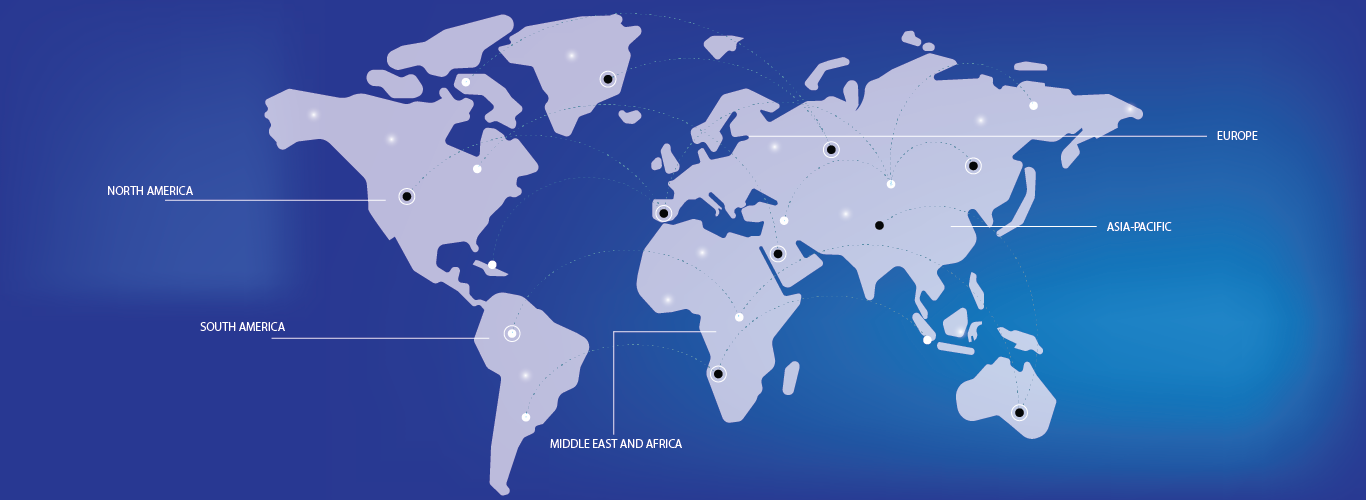- Unskilled home healthcare services encompass non-medical support such as assistance with daily living activities, hygiene, meal preparation, companionship, and basic mobility support, often delivered by caregivers without formal medical training. These services are vital for individuals with chronic illnesses, disabilities, or aging-related limitations
- The demand for unskilled home healthcare is rising sharply due to the global aging population, increased prevalence of chronic diseases, and a growing preference for aging in place. This segment is especially crucial in managing long-term care needs without the high costs associated with institutional care
- North America stands out as one of the dominant regions for unskilled home healthcare, supported by its well-established healthcare infrastructure, higher healthcare spending, and favorable reimbursement frameworks. The region has a high penetration of professional home care agencies and growing demand for personalized in-home support services
- For instance, in the U.S., the number of individuals aged 65 and older is projected to nearly double by 2060, significantly driving the need for in-home assistance and long-term care services. This trend is being met with increasing investment in caregiver training and digital tools to support remote care coordination
- Globally, unskilled home healthcare services are becoming an integral part of value-based care models, contributing to reduced hospital readmissions, better chronic disease management, and improved patient satisfaction, especially in aging societies with evolving care needs




